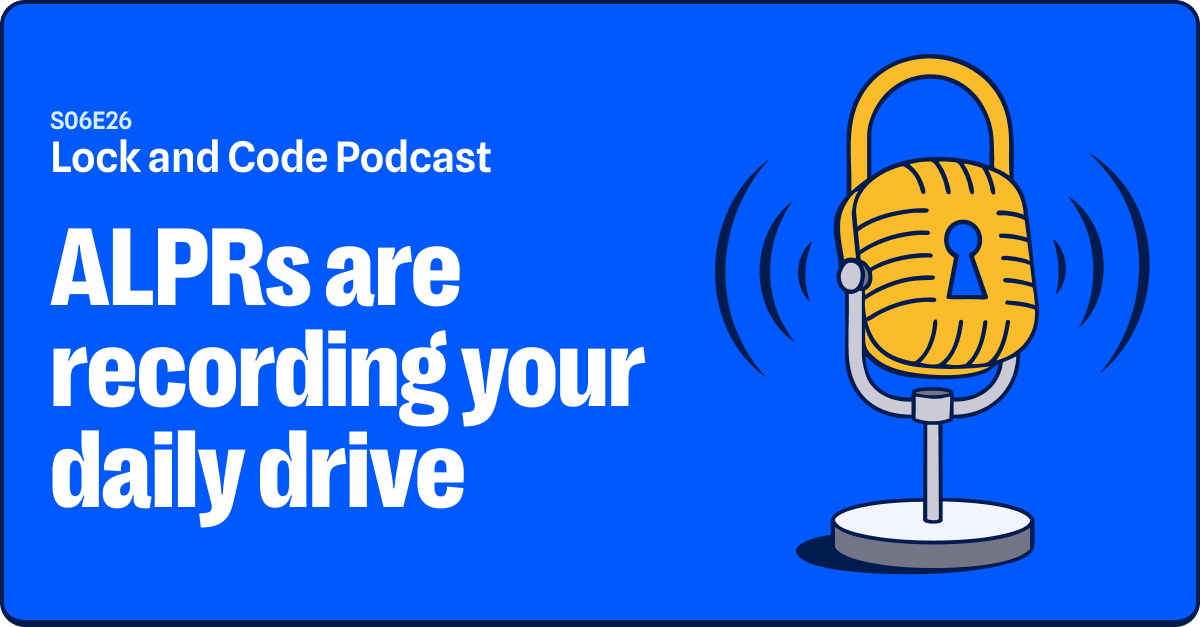Skater brand Vans emailed customers last week to tell them about a recent “data incident.”
On December 13, 2023, Vans said it detected unauthorized activities on its IT systems, attributed to “external threat actors.” An investigation revealed that the incident involved some personal information of Vans’ customers. The affected information could include:
- Email address
- Full name
- Phone number
- Billing address
- Shipping address
In certain cases, the affected data may also include order history, total order value, and information about the payment method used for the purchases. Vans notes that the payment method does not specify details like account number, just the method described as “credit card”, “Paypal”, or “bank account payment”, with no additional details attached.
The data incident turned out to be a ransomware attack. In a filing with the Securities and Exchanges Commission (SEC), parent company V.F. Corporation stated the hackers disrupted business operations and stole the personal information of approximately 35.5 million individual consumers.
The attack was claimed by the ALPHV/BlackCat ransomware group. This happened during the period that ALPHV was in a spot of trouble themselves by events eventually leading to faking their own death. It is unclear whether VF Corporation was able to use the decryptor made available after law enforcement seized control of ALPHV’s infrastructure, even though ALPHV reportedly claimed that the company tried to obtain a decryptor from law enforcement.
Vans says there’s no evidence suggesting any actual impact on any individual consumer whose personal data were part of the affected data set, but it does warn about phishing and fraud attempts which could lead to identity theft.
Data breach tips
There are some actions you can take if you are, or suspect you may have been, the victim of a data breach.
- Check the vendor’s advice. Every breach is different, so check with the vendor to find out what’s happened, and follow any specific advice they offer.
- Change your password. You can make a stolen password useless to thieves by changing it. Choose a strong password that you don’t use for anything else. Better yet, let a password manager choose one for you.
- Enable two-factor authentication (2FA). If you can, use a FIDO2-compliant hardware key, laptop or phone as your second factor. Some forms of two-factor authentication (2FA) can be phished just as easily as a password. 2FA that relies on a FIDO2 device can’t be phished.
- Watch out for fake vendors. The thieves may contact you posing as the vendor. Check the vendor website to see if they are contacting victims, and verify any contacts using a different communication channel.
- Take your time. Phishing attacks often impersonate people or brands you know, and use themes that require urgent attention, such as missed deliveries, account suspensions, and security alerts.
- Set up identity monitoring. Identity monitoring alerts you if your personal information is found being traded illegally online, and helps you recover after.
Check if your data has been breached
Check if your personal data has been exposed online. Submit your email address (it’s best to give the one you most frequently use) to our free Digital Footprint scan and we’ll send you a report.
We don’t just report on threats—we help safeguard your entire digital identity
Cybersecurity risks should never spread beyond a headline. Protect your, and your family’s, personal information by using identity protection.










